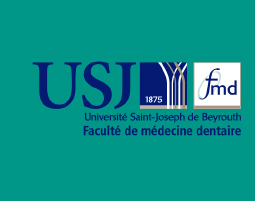International Arab Journal of Dentistry
Abstract
The aim of study was to evaluate the apical adaptation of different obturation techniques by determining the amount of sealer in the apical third of the canal, the presence of obturator at the last one millimeter, the amount of gutta-percha and the presence of plastic carrier at the foramen. One hundred and eight freshly extracted single rooted teeth were divided into four groups: 1) group A: Warm Vertical Compaction “WVC” (VC), 27 teeth; 2) group B: Herofilll® obturators (HF), 27 teeth; 3) group C: Thermafil® obturators (TF), 27 teeth; 4) group D: RealSeal1® obturators (RS1), 27 teeth. The results showed a significant difference between HF and VC when evaluating the amount of obturation material, the VC having a higher mean (p=0.0001) whereas no significant difference was detected between these two groups in terms of sealer mean area (p=0.268). On the other hand, RS1 showed a higher mean of obturation material (p=0.007) and a lower mean area of the plastic carrier (p=0.025) when compared to TF; these differences were at the 3mm section level. Both HF (p=0.030) and TF (p=0.039) groups had significantly less amount of sealer thickness only at 3mm section level compared to VC group. RealSeal1® showed the most amount of obturation material and Herofill® showed the least.
Recommended Citation
ROUSAN, Mahmoud and ZOGHEIB MOUBARAK, Carla
(2013)
"The apical adaptation of different obturation techniques: an in vitro comparaison of carrier-based systems with warm vertical compaction,"
International Arab Journal of Dentistry: Vol. 4:
Iss.
1, Article 2.
Available at:
https://digitalcommons.aaru.edu.jo/iajd/vol4/iss1/2

